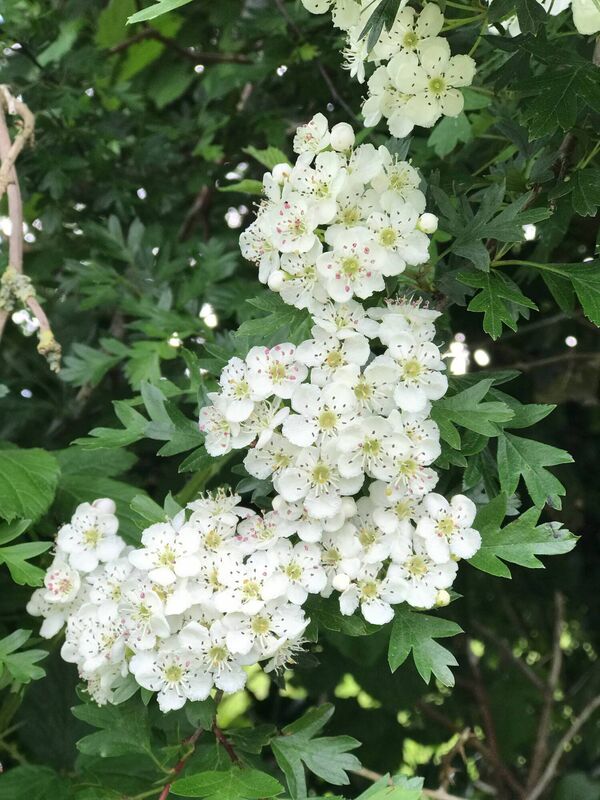Donal Hickey: Summer's here and isn't the hawthorn just lovely this year?

In Celtic mythology, the whitethorn was hugely valued. It was deemed to have properties that could cleanse the heart of negativity and also stimulate love and forgiveness.
At a time of terrible predictions about the future of the planet and the extinction of species, there’s something to celebrate. Summer is here.
Travelling the road between Ballyvourney and Cork, through the sylvan, rolling countryside beyond Macroom, the other day, there was an unmissable reminder of the uplifting season — hawthorn, sometimes called whitethorn, in full bloom.

The white flowers, flecked in delicate pink, lit up the sun-drenched landscape: a true reflection of the Irish name for hawthorn — sceach geal, or 'bright thorn-bush'. Our Celtic ancestors looked on the hawthorn as a sacred tree around which a great deal of mythology has been created over millennia.
Hawthorn has long been associated with the fairies, especially the lone trees, and there was a strong belief in folklore that people could bring bad luck on themselves if they cut down such trees. They are often found around forts and ancient holy wells, where people still go to pray.
In the 1938 schools folklore collection, Crissie Ford, aged 11, of Castlelands, Ballineen, County Cork, tells of a fairy fort, with hawthorn, near her home. In copperplate handwriting, she relates: “The old people would not cut a bush, or move a stone, as they believed some misfortune would come on them."

Red hawthorn berries, which ripen by early autumn, are food for birds and are also used in the making of jams and jellies. And it’s good to see some hawthorn surviving large-scale hedgerow destruction and still useful for farmland fencing.
Students, looking forward to the holidays, have a pep in their step these days, which, for older folk, brings nostalgic reminders of carefree summers, long ago. Children then spent much more time outdoors than they do nowadays. We had the freedom of the fields and played until dark.
The American poet, John Updike, captured that spirit in his poem, June: “And long green weeks/That never end./ School’s out/The time is ours to spend’’.
Something else to be thankful for is that the cuckoo is still heard widely after making its long journey from Africa, as readers from Kerry, Clare, and other places report.
Galway-based videographer, Hugh Sweeney, filmed a cuckoo, just north of the city, on March 28 last. The bird can be seen on Twitter balancing on a furze bush and swaying in the breeze.
Traditionally, the cuckoo didn’t make landfall in Ireland until April, but it seems to be coming earlier, probably as a result of climate change and warming of the atmosphere. There was, for instance, a sighting of a cuckoo (a bird more heard than seen) in Buttevant, County Cork, on March 16, 2020.
Enjoy the summer.






